
OR

Thanks to Macklemore’s 2012 hit ‘Thrift Shop’, in the global setting thrift shopping is now a part of the mainstream pop-culture. It emphasizes on the fact that it’s okay, even cool to buy clothes or things that are hand-me-downs from complete strangers. And so places all over Europe and also America have embraced thrift shops where people are more than willing to donate and buy clothes and other materials. When Sunaina Shrestha was pursuing her MBA in the US, she had a vague idea that someday she wanted to do something similar in Nepal as well.
When Shrestha returned to Nepal, she wanted to pursue something that would connect her business education with her love for fashion and clothes. As there were plenty of clothing stores in Nepal, she wanted to bring something new to the table. With her friend and sister-in-law, Rubeena Thapa’s help she came up with the idea of selling thrift clothes. This way, she thought, not only would she be making use of her degree and being involved in the clothing business just like she aspired to, she would also be contributing to sustainable fashion and living in the long run.
The idea appealed to them both and so, in November 2018, they opened Thriftmandu, one of the first few online thrift shops in Nepal. As this is a recent venture, both work part time to manage the shop. The first few clothes for Thriftmandu came from their own wardrobes, as like many people they too had pieces they had bought but never had a chance to wear.
“All of us have clothes that we bought (mostly in a haste) and immediately after buying it know it in our minds that we are never going to wear it. Also, there are clothes gifted to you but completely outside your comfort zone. So, instead of letting it all pile up, it’s better to donate or sell them,” says Shrestha adding that, after a while, people started contacting them to sell their clothes.
According to Shrestha, the concept of thrift shops is still very primitive in Nepal. “Many people don’t know what a thrift shop is,” she reveals adding that even if they do, they assume its old, tattered clothes that have seen better days. However, that is not the case. Thrift clothes are clothes that in perfectly wearable conditions, mainly ones that haven’t been worn or have been worn one or two times at the most.
Moreover, people don’t really know that clothes that have just been sitting in their closets can actually be sold, and that too for reasonable prices. Shrestha mentions that usually people also don’t want to sell them, thinking there will come a time when they will finally want to wear them. But if you haven’t worn a piece in a while, chances are you never will and it’s good to get rid of it while you can. Shrestha and Thapa run their store on a 60-40 basis as in the customer gets 60% of the total sale. “And that’s a pretty good deal if you think about it. You are making money from clothes you thought you could get nothing out of,” says Shrestha.
The concept of thrift shops started from charity. Organizations such as Oxfam and Goodwill foundation started opening stores around Europe and America where donated clothes, books, and appliances among other items could be sold. This practice that was started in the early 1800s is popular today too, and now thrift shops are places where you can get useable goods in reasonable prices. It’s a cheaper alternative to buying things straight from a retail store.
In the future, Shrestha and Thapa hope to take Thriftmandu out in the market by opening up a physical store. They also want to start selling things other than clothes such as home appliances, make up, books, albums etc. One thing they are, however, adamant about is that they keep the selling price as low as possible so as to make the items available to people with limited means or people who are okay with using items that are not first-hand but work nonetheless. Also, in the long run, they want to turn Thriftmandu into a brand that along with facilitating thrift shopping also sells products made in-house.
According to Shrestha, considering just how many clothing shops there are in Kathmandu alone, it’s pretty tough to compete with these shops and brands. They have a few things working against them – they are selling second-hand clothes, and they are keeping their prices low. But to the founder duo, the joy factor is just as important the sales.
“It’s perfectly okay to use something that isn’t store bought and off the shelves as long as it’s in one piece and looks okay,” says Shrestha adding that this way one will also be recycling clothes that are not used, so as to conserve fuel and energy that goes into making a new one. If someone prefers vintage clothing, they can also get it from thrift shops and the bonus point being that it’s totally affordable too. “The culture of recycling plastics, metals etc. is considered essential in today’s world. Why can’t we do the same with clothes? As long as the clothes are clean, wearable, and suit your taste, there is no need to buy a brand new piece for an inflated price,” she concludes.
You May Like This
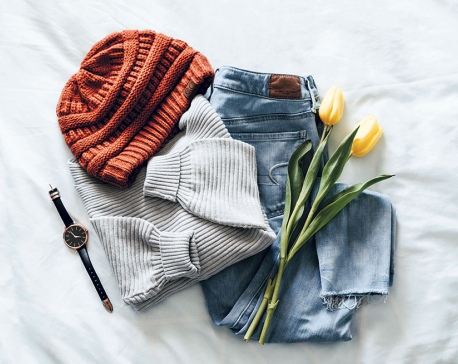
The hunt for reasonably priced clothes
You can never have too many clothes, especially during winter. But you might not always be able to afford a... Read More...
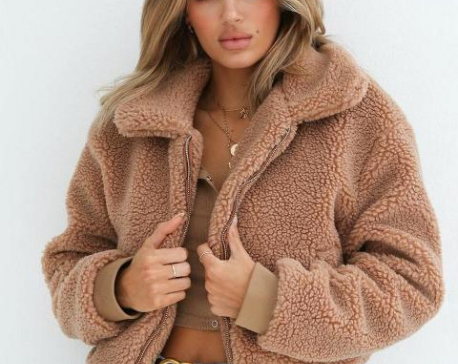
Look good and stay warm
Cold toes are severely uncomfortable. To make sure your feet stay warm during the cold months of the year, you'll want your boots to have an insulating... Read More...
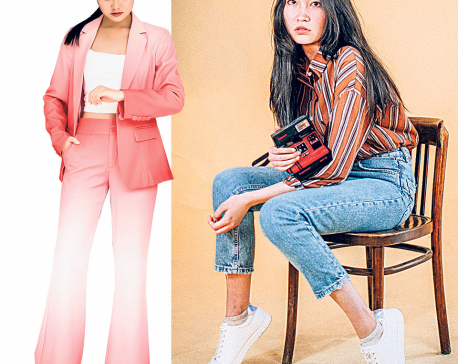
Building a functional and fashionable wardrobe
Ever looked at your wardrobe overflowing with clothes but still felt like you had nothing decent to wear? You’re not... Read More...






Just In
- PM Dahal arrives in Morang
- DDC pays Rs 480 million dues to farmers
- Police arrest seven Indian nationals with 1.5 kg gold and Rs 14.3 million cash
- Gold price increases by Rs 1,400 today
- Kathmandu continues to top the chart of world’s most polluted city
- JSP Central Executive Committee meeting today
- Ambassador Adhikari presents his letter of credentials to Turkish President Erdoğan
- Bajhang by-election: Construction of Taklakot Road is common election agenda of candidates









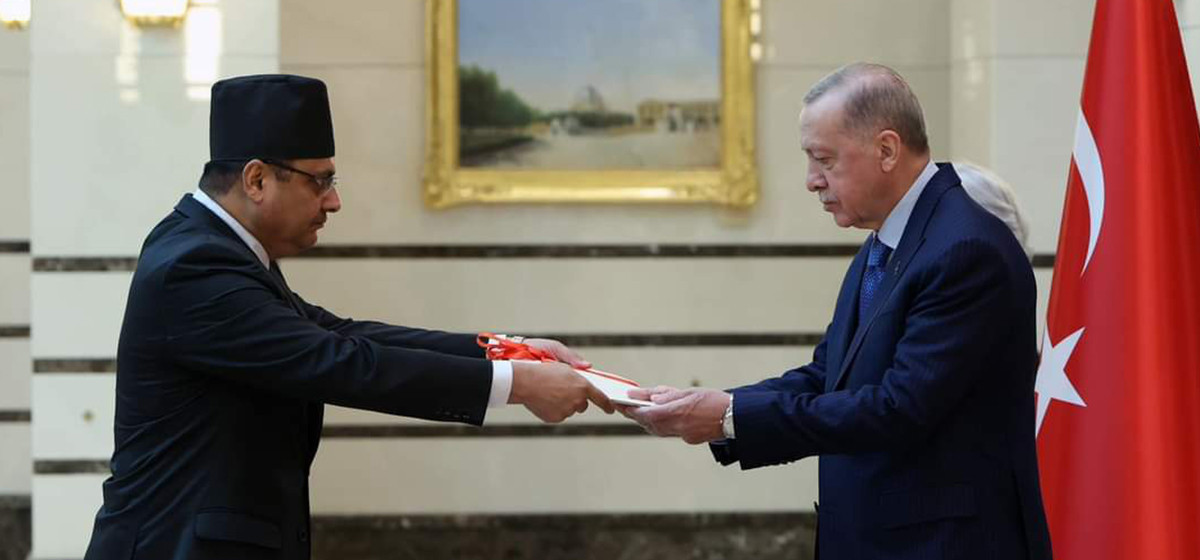
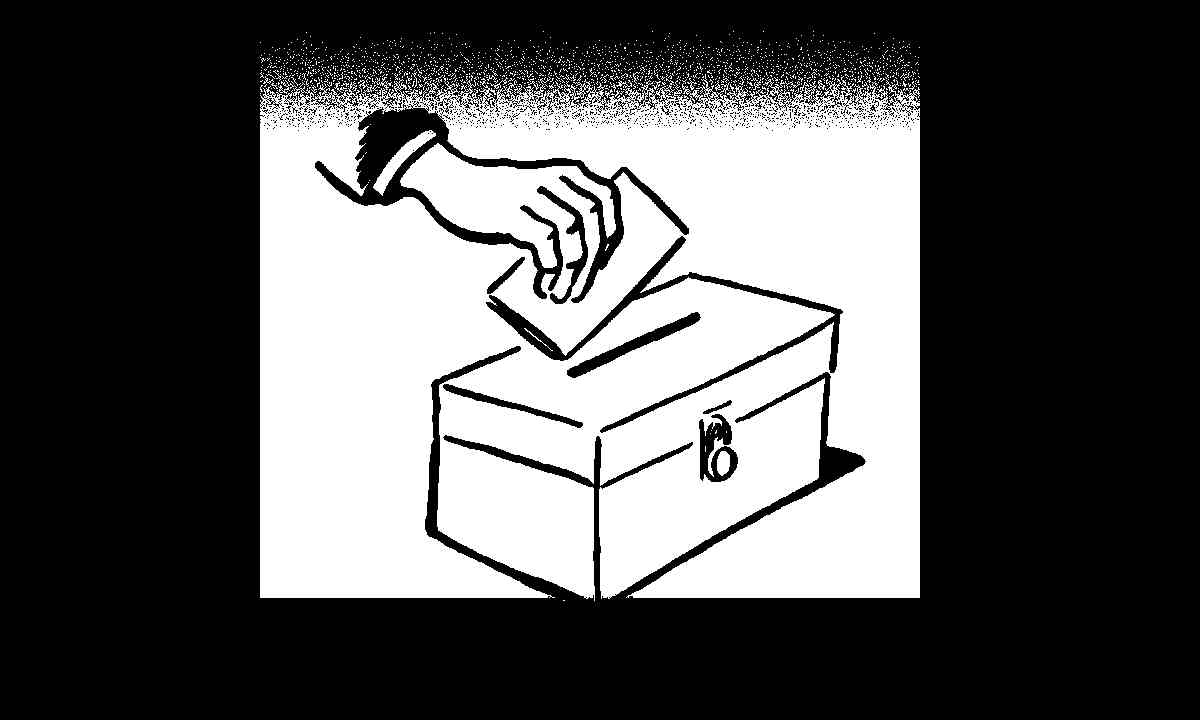
Leave A Comment